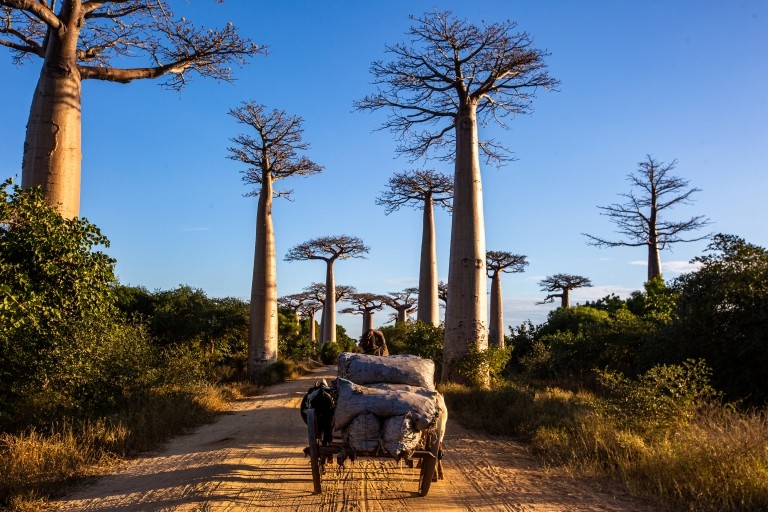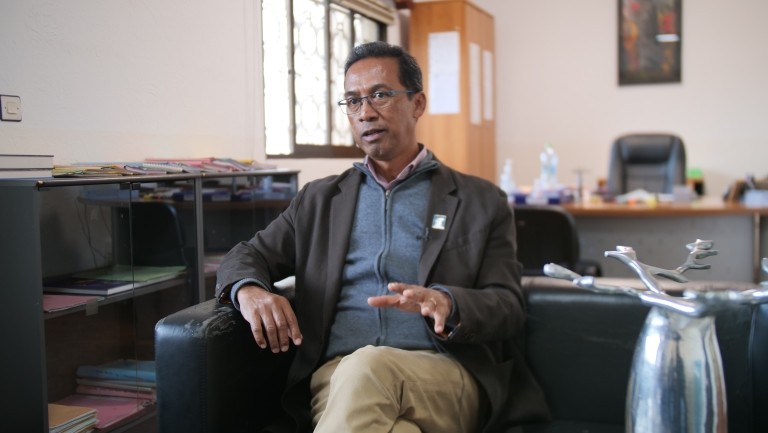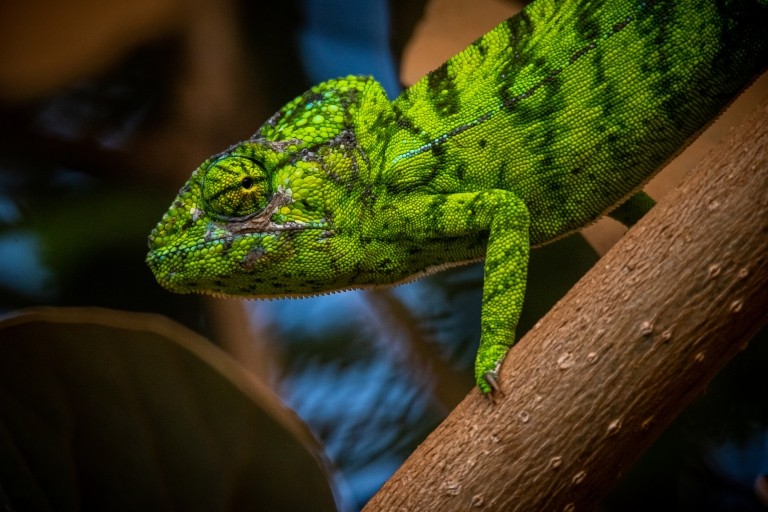Feature
“We have to put in the money now”: An innovative fund in Madagascar rallies sustainable support for biodiversity

Madagascar is home to around 5% of the world’s biodiversity, but as one of the world’s poorest countries, biodiversity is under severe threat. Complex forces are at play: famine in the country’s south; deforestation and poaching; corruption and more. The Foundation for Protected Areas and Biodiversity of Madagascar (FAPBM) aims to safeguard biodiversity through an innovative mechanism of financing. Madagascar’s high prevalence of native, or endemic species of plants and animals means that "if one is lost here, it will be lost for the entire world,” says FAPBM’s Executive Director, Alain Liva Raharijaona.
"Madagascar is rich in biodiversity but one of the poorest countries in the world. We have to put in the money now because in 5 or 7 years, it will be too late,” says Raharijaona.

The annual management cost for protected areas (PA) is estimated to be $10 per hectare. As a trust fund endowed with capital that is invested in international markets, FAPBM uses the income from these investments to finance protected areas in Madagascar. In 2022, the organization is providing annual grants to 45 protected areas which cover the activities listed in the PA manager’s work plan such as biodiversity conservation, manager’s efficiency, local community development and financial sustainability of the protected area.
FAPBM is also a partner of USAID Hay Tao, a five-year project that is building the enabling environment for effective community-based management and protection of biodiversity. Before gaining the support of USAID Hay Tao in 2019, FAPBM had $74 million of capital, without any specific fundraising strategy. After the project provided capacity development assistance, FAPBM has almost doubled that amount to $139 million in 2022 and had an active strategy to seek out donors. With rigorous and transparent management and accounting methods, including internal and external audits, donors have a high level of trust that FAPBM will manage these funds responsibly. “We ensure and verify that the financing is effective.”

Typically, development projects only last a brief period of 5 years on average, and then they end. “Once donors are gone, the foundation must pursue the work. Thanks to FAPBM, a 5-year project will last 30 years," says Raharijaona. Since the USAID Hay Tao collaboration, FAPBM’s new strategy identified three types of contributors: philanthropist foundations, aid from donor countries and other bilateral and multilateral institutions. They also have incorporated a robust communications component into the strategy, including factsheets for more than 60 protected areas and an advocacy brochure.
Why do the protected areas require funding? There is a misperception that nature is not worth protecting if people are suffering from poverty. Often, the population cuts trees because they need the wood for fuel; they set fires to clear land for farming. The first to benefit from the resources from the areas are the people who live closest. Every tourist that comes to Madagascar because of its biodiversity creates a job. If the unique biodiversity disappears, there will be no more tourism. Further, medicinal plants are found here, and forests store large amounts of carbon that can help regulate the climate.
“There is really an economic and social interest in maintaining and developing the protected areas,” says Raharijaona. “Communities are the solution. They have been seen as a threat to biodiversity, but it is they who can best protect it. It’s impossible to protect biodiversity without the support of communities. They are the first guardians of the protected areas. When they are convinced of the need, that they must defend biodiversity, the lands are preserved.”

It is a highly complex social problem, not solely a conservation problem. In the Menabe Antimena Protected Area, for example, it seems that it is the communities illegally exploit the forest. But the situation is more complicated. The destruction comes partly from migrants who are fleeing food insecurity in the south, and their desperate situation is exploited by big businesses looking for cheap maize. Without land of their own, the migrants illegally cultivate maize in the protected area to earn income for their families and sell to these corrupt businesses. There is a problem of governance linked to the illegal trafficking of natural resources in the area. “The solution can never be to bring in the police. The solution is to convince the community that they need to protect the forest. When they’re convinced, a solution will come.”
His motivation to do this work is simple. “I grew up with the love of nature. I grew up visiting the protected areas and I was proud to be a Malagasy because of our rich biodiversity, but I realized little by little that we were in the process of losing it.”

“I have a 14-year-old daughter. I would like her to grow up with this biodiversity, but when she’s 40 years old it’s not certain if all the lemurs, chameleons and plants that we have now will still be here. I hope that my generation can maintain the current biodiversity for future generations. Every time I see her, I say, ‘I must participate in the preservation of nature, because I want the Malagasy of 20 years from now to continue to be happy to have such beautiful and useful surroundings,” Raharijaona says.
This content is made possible by the support of the American People through the United States Agency for International Development (USAID). This content is the sole responsibility of USAID Hay Tao project and do not necessarily reflect the views of USAID or the United States Government.